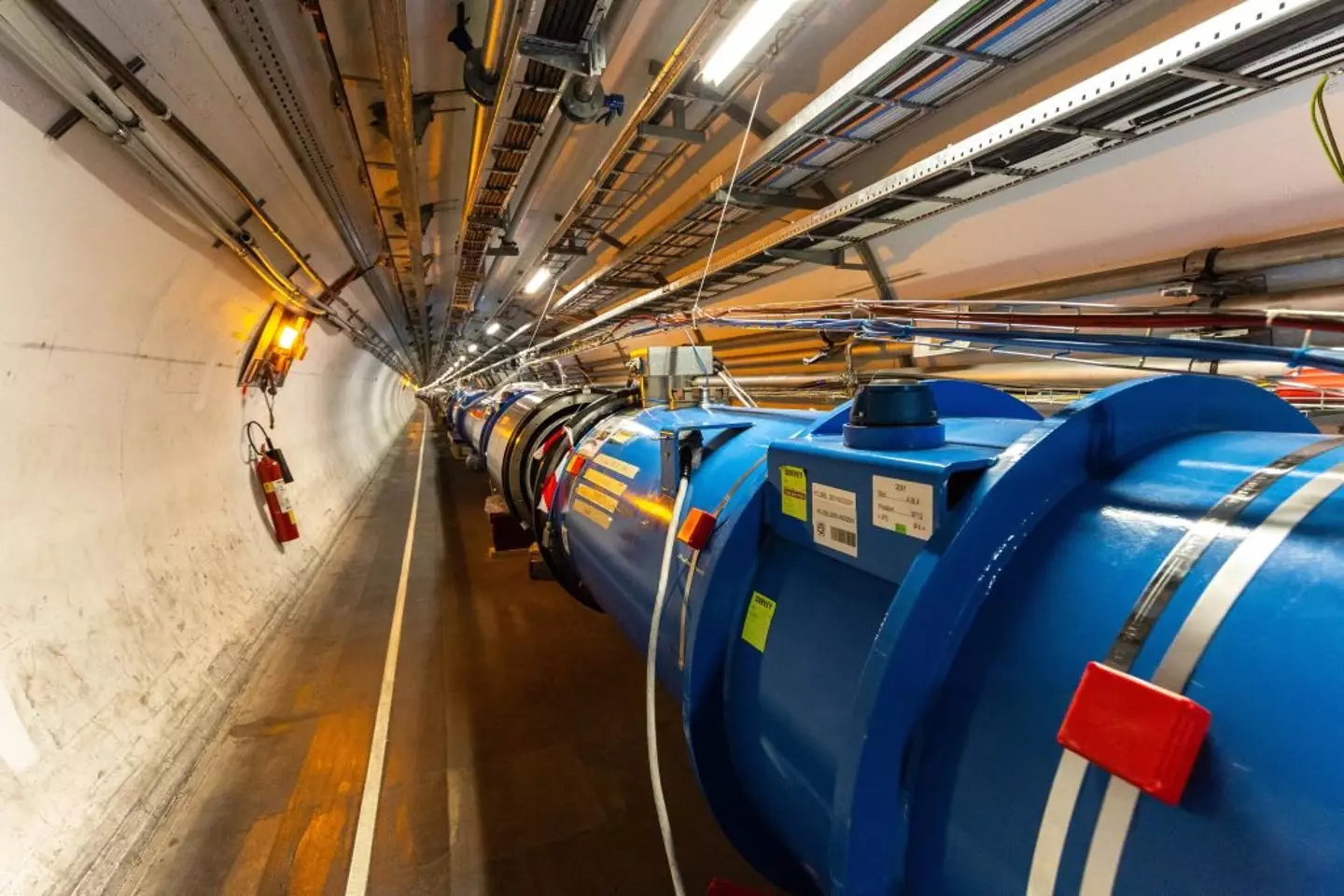Back in 2022, Elon Musk stirred controversy by calling CERN’s Large Hadron Collider (LHC) “demonic technology” in a tweet that resurfaced recently. Although the comment may have been made in jest, many believe it fueled existing conspiracy theories that the LHC could bring about the end of humanity. Musk’s meme-style tweet read: “Please let me use the CERN Large Hadron Collider. I am normal and can be trusted with a demonic technology unlike anything the world has ever seen.”
The LHC, operated by CERN on the France-Switzerland border, is a 17-mile-long underground particle accelerator that became widely known for discovering the Higgs boson particle in 2012. It smashes protons at nearly the speed of light to study the fundamental nature of the universe. While its achievements are celebrated in the scientific world, the LHC has also been the subject of wild theories, including fears that it could open black holes or unlock dangerous forces.

Recently, CERN announced the reactivation of its entire particle accelerator complex after the usual year-end technical stop. On April 4, 2025, the LHC was officially powered back up, marking the return of what some call the “titan” of particle physics. Musk and other critics who jokingly or seriously fear the collider’s power may not be pleased, but for scientists, it’s a major moment of excitement.
Even more groundbreaking experiments are on the horizon, including the first-ever collision of oxygen ions in the LHC this July. This could provide unique insights into nuclear physics and the early moments of our universe. As always, complex science stirs up both curiosity and concern—but for now, particles are back on the move.
Click below to read more…





